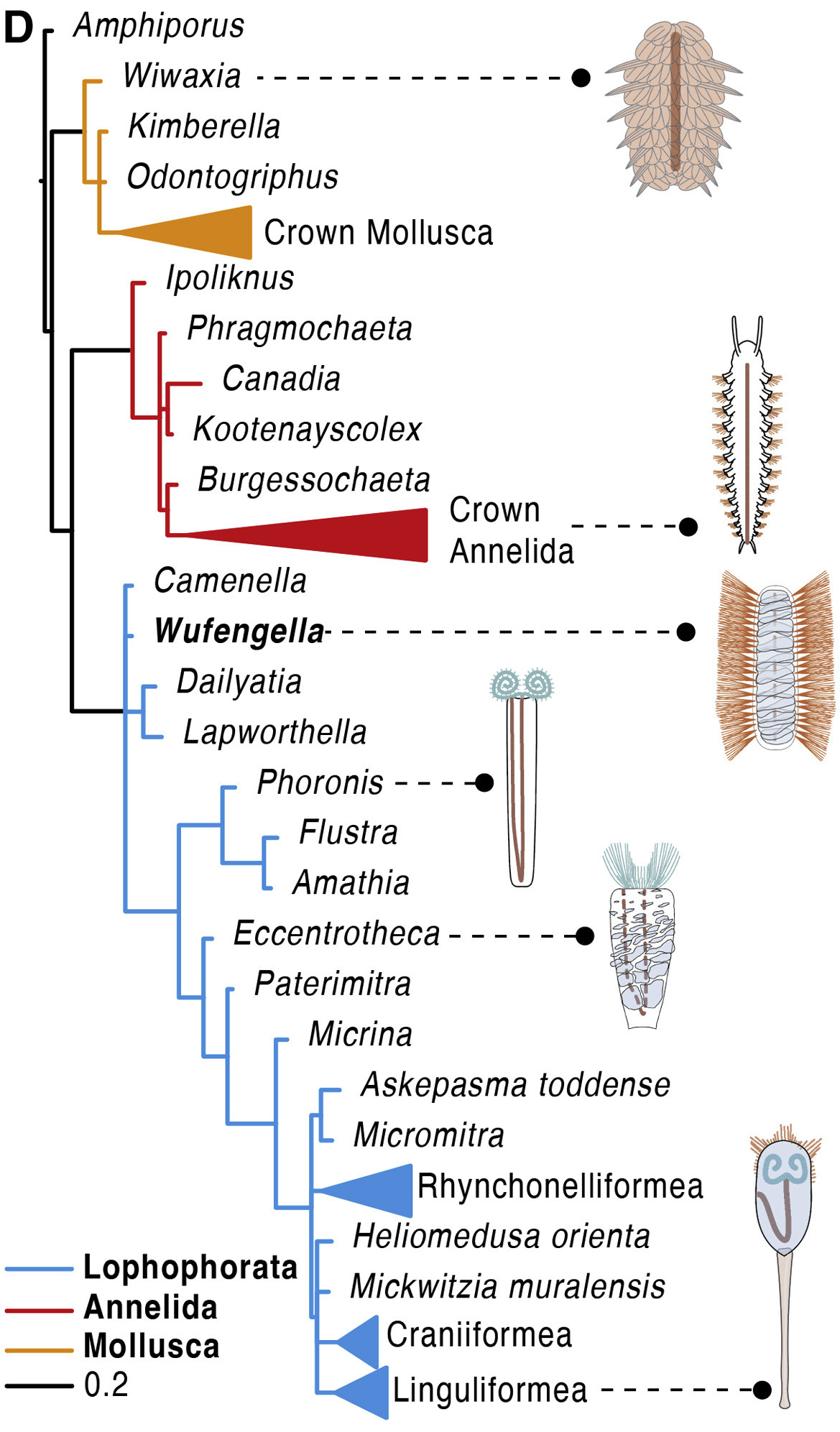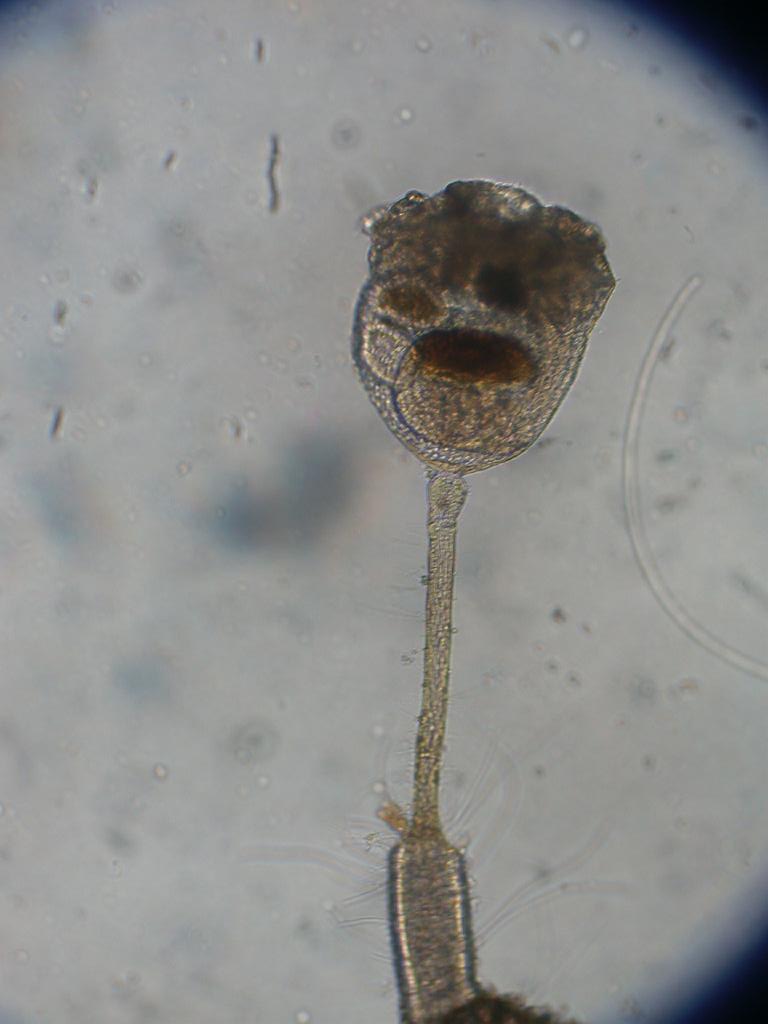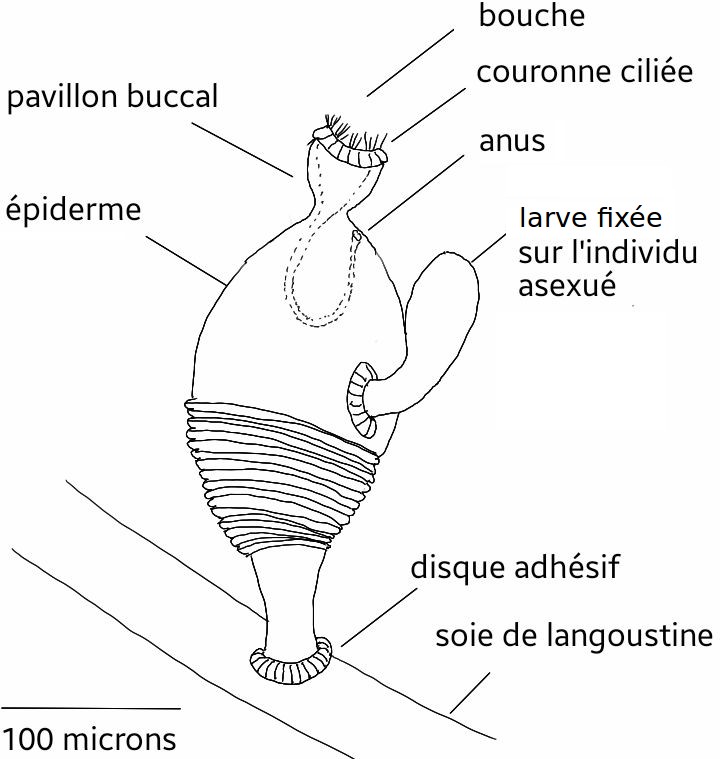|
Lophophorata
The Lophophorata are a Lophotrochozoan clade consisting of the Brachiozoa and the Bryozoa. They have a lophophore. Molecular phylogenetic analyses suggest that lophophorates are protostomes, but on morphological grounds they have been assessed as deuterostomes. Fossil finds of a segmented worm named Wufengella ''Wufengella'' is a genus of extinct camenellan " tommotiid" that lived during the Early Cambrian ( Stage 3). Described in 2022, the only species ''Wufengella bengtsonii'' was discovered from the Maotianshan Shales of Chiungchussu (Qiongzhusi) F ... suggest that they evolved from a worm close to annelids. References {{Protostome-stub ... [...More Info...] [...Related Items...] OR: [Wikipedia] [Google] [Baidu] |
Bryozoa
Bryozoa (also known as the Polyzoa, Ectoprocta or commonly as moss animals) are a phylum of simple, aquatic invertebrate animals, nearly all living in sedentary colonies. Typically about long, they have a special feeding structure called a lophophore, a "crown" of tentacles used for filter feeding. Most marine bryozoans live in tropical waters, but a few are found in oceanic trenches and polar waters. The bryozoans are classified as the marine bryozoans (Stenolaemata), freshwater bryozoans (Phylactolaemata), and mostly-marine bryozoans (Gymnolaemata), a few members of which prefer brackish water. 5,869living species are known. At least two genera are solitary (''Aethozooides'' and ''Monobryozoon''); the rest are colonial. The terms Polyzoa and Bryozoa were introduced in 1830 and 1831, respectively. Soon after it was named, another group of animals was discovered whose filtering mechanism looked similar, so it was included in Bryozoa until 1869, when the two groups were no ... [...More Info...] [...Related Items...] OR: [Wikipedia] [Google] [Baidu] |
Ectoprocta
Bryozoa (also known as the Polyzoa, Ectoprocta or commonly as moss animals) are a phylum of simple, aquatic invertebrate animals, nearly all living in sedentary colonies. Typically about long, they have a special feeding structure called a lophophore, a "crown" of tentacles used for filter feeding. Most marine bryozoans live in tropical waters, but a few are found in oceanic trenches and polar waters. The bryozoans are classified as the marine bryozoans (Stenolaemata), freshwater bryozoans (Phylactolaemata), and mostly-marine bryozoans (Gymnolaemata), a few members of which prefer brackish water. 5,869living species are known. At least two genera are solitary (''Aethozooides'' and ''Monobryozoon''); the rest are colonial. The terms Polyzoa and Bryozoa were introduced in 1830 and 1831, respectively. Soon after it was named, another group of animals was discovered whose filtering mechanism looked similar, so it was included in Bryozoa until 1869, when the two groups were no ... [...More Info...] [...Related Items...] OR: [Wikipedia] [Google] [Baidu] |
Wufengella
''Wufengella'' is a genus of extinct camenellan " tommotiid" that lived during the Early Cambrian ( Stage 3). Described in 2022, the only species ''Wufengella bengtsonii'' was discovered from the Maotianshan Shales of Chiungchussu (Qiongzhusi) Formation in Yunnan, China. The fossil indicates that the animal was an armoured worm that close to the common ancestry of the phyla Phonorida, Brachiozoa and Bryozoa, which are collectively grouped into a clade called Lophophorata. Discovery ''Wufengella'' is known from a single specimen. The fossil was discovered by Chinese palaeontologists Jin Guo and Peiyun Cong at the Yunnan University. An almost complete fossil, parts of the anterior end are missing. The location of the specimen, Chiungchussu Formation at Haikou, Kunming, Southwest China, is member of the Chengjian Lagerstätte that is established to belong to Cambrian Stage 3 (between 521 and 514 million year ago). The same fossil deposit had yielded worm-like lobopod ''Facive ... [...More Info...] [...Related Items...] OR: [Wikipedia] [Google] [Baidu] |
Kryptotrochozoa
The Kryptotrochozoa (incl. Entoprocta + Ectoprocta) are a proposed Lophotrochozoa clade. It consists of the Nemertea and Lophophorata The Lophophorata are a Lophotrochozoan clade consisting of the Brachiozoa and the Bryozoa. They have a lophophore. Molecular phylogenetic analyses suggest that lophophorates are protostomes, but on morphological grounds they have been assessed a .... It is controversial. References Lophotrochozoa {{Protostome-stub ... [...More Info...] [...Related Items...] OR: [Wikipedia] [Google] [Baidu] |
Lophotrochozoa
Lophotrochozoa (, "crest/wheel animals") is a clade of protostome animals within the Spiralia. The taxon was established as a monophyletic group based on molecular evidence. The clade includes animals like annelids, molluscs, bryozoans, brachiopods, and platyhelminthes. Groups Lophotrochozoa was defined in 1995 as the "last common ancestor of the three traditional lophophorate taxa (brachiopods, bryozoans, and phoronid worms), the mollusks and the annelids, and all of the descendants of that common ancestor". It is a cladistic definition (a node-based name), so the affiliation to Lophotrochozoa of spiralian groups not mentioned directly in the definition depends on the topology of the spiralian tree of life, and in some phylogenetic hypotheses, Lophotrochozoa may even be synonymous to Spiralia. Nemertea and Orthonectida (if not directly considered as part of Annelida) are probably lophotrochozoan phyla; Dicyemida, Gastrotricha, and Platyhelminthes may be lophotrochozoans ... [...More Info...] [...Related Items...] OR: [Wikipedia] [Google] [Baidu] |
Lophophore
The lophophore () is a characteristic feeding organ possessed by four major groups of animals: the Brachiopoda, Bryozoa, Hyolitha, and Phoronida, which collectively constitute the protostome group Lophophorata.Introduction to the Lophotrochozoa – Retrieved 3 May 2010 All lophophores are found in aquatic organisms. Etymology ''Lophophore'' is derived from the Greek ''lophos'' (crest, tuft) and ''-phore'', ''-phoros'' (φορος) (bearing), a derivative of ''phérein'' (φέρειν) (to bear); thus crest-bearing.Characteristics The lophophore can most easily be described as a ring of ted tentacles surrounding the mouth, but it is often horseshoe-shape ...[...More Info...] [...Related Items...] OR: [Wikipedia] [Google] [Baidu] |
Tommotiida
Tommotiids are an extinct group of Cambrian invertebrates thought to be early lophophorates (the group containing Bryozoa, Brachiopoda, and Phoronida). The majority of tommotiids are mineralised with calcium phosphate rather than calcium carbonate. although silicified examples hint that some species bore carbonate or carbonaceous sclerites. ''Micrina'' and '' Paterimitra'' possess bivalved shells in their larval phases, which preserve characters that might position them in the Linguliformea and Rhynchonelliformea stem lineages respectively. This would indicate that the brachiopod shell represents the retention of a larval character. For a long part of their history, the tommotiids were only known from disarticulated shells - a complete organism had not been found. The 2008 discovery of ''Eccentrotheca'' offered the first insight into a complete organism, and permitted a reconstruction of the animal as a sessile, tube-like animal made up of a spiral of overlapping plates. ... [...More Info...] [...Related Items...] OR: [Wikipedia] [Google] [Baidu] |
Brachiozoa
Brachiozoa is a grouping of lophophorate animals including Brachiopoda and Phoronida. It also includes their ancestors, the extinct tommotiids. References Lophophorata Protostome unranked clades {{Protostome-stub ... [...More Info...] [...Related Items...] OR: [Wikipedia] [Google] [Baidu] |
Mollusca
Mollusca is the second-largest phylum of invertebrate animals after the Arthropoda, the members of which are known as molluscs or mollusks (). Around 85,000 extant species of molluscs are recognized. The number of fossil species is estimated between 60,000 and 100,000 additional species. The proportion of undescribed species is very high. Many taxa remain poorly studied. Molluscs are the largest marine phylum, comprising about 23% of all the named marine organisms. Numerous molluscs also live in freshwater and terrestrial habitats. They are highly diverse, not just in size and anatomical structure, but also in behaviour and habitat. The phylum is typically divided into 7 or 8 taxonomic classes, of which two are entirely extinct. Cephalopod molluscs, such as squid, cuttlefish, and octopuses, are among the most neurologically advanced of all invertebrates—and either the giant squid or the colossal squid is the largest known invertebrate species. The gastropod ... [...More Info...] [...Related Items...] OR: [Wikipedia] [Google] [Baidu] |
Entoprocta
Entoprocta (), or Kamptozoa , is a phylum of mostly sessile aquatic animals, ranging from long. Mature individuals are goblet-shaped, on relatively long stalks. They have a "crown" of solid tentacles whose cilia generate water currents that draw food particles towards the mouth, and both the mouth and anus lie inside the "crown". The superficially similar Bryozoa (Ectoprocta) have the anus outside a "crown" of hollow tentacles. Most families of entoprocts are colonial, and all but 2 of the 150 species are marine. A few solitary species can move slowly. Some species eject unfertilized ova into the water, while others keep their ova in brood chambers until they hatch, and some of these species use placenta-like organs to nourish the developing eggs. After hatching, the larvae swim for a short time and then settle on a surface. There they metamorphose, and the larval gut rotates by up to 180°, so that the mouth and anus face upwards. Both colonial and solitary species also ... [...More Info...] [...Related Items...] OR: [Wikipedia] [Google] [Baidu] |
Cycliophora
''Symbion'' is a genus of commensal aquatic animals, less than 0.5 mm wide, found living attached to the mouthparts of cold-water lobsters. They have sac-like bodies, and three distinctly different forms in different parts of their two-stage life-cycle. They appear so different from other animals that they were assigned their own, new phylum Cycliophora shortly after they were discovered in 1995. This was the first new phylum of multicelled organism to be discovered since the Loricifera in 1983. Taxonomy ''Symbion'' was discovered in 1995 by Reinhardt Kristensen and Peter Funch on the mouthparts of the Norway lobster (''Nephrops norvegicus''). Other, related, species have since been discovered on: * the American lobster (''Homarus americanus'', host to ''Symbion americanus'') * the European lobster (''Homarus gammarus'', host to an as yet unnamed species of ''Symbion'') The genus is so named because of its commensal relationship with the lobster (a form of symbio ... [...More Info...] [...Related Items...] OR: [Wikipedia] [Google] [Baidu] |






